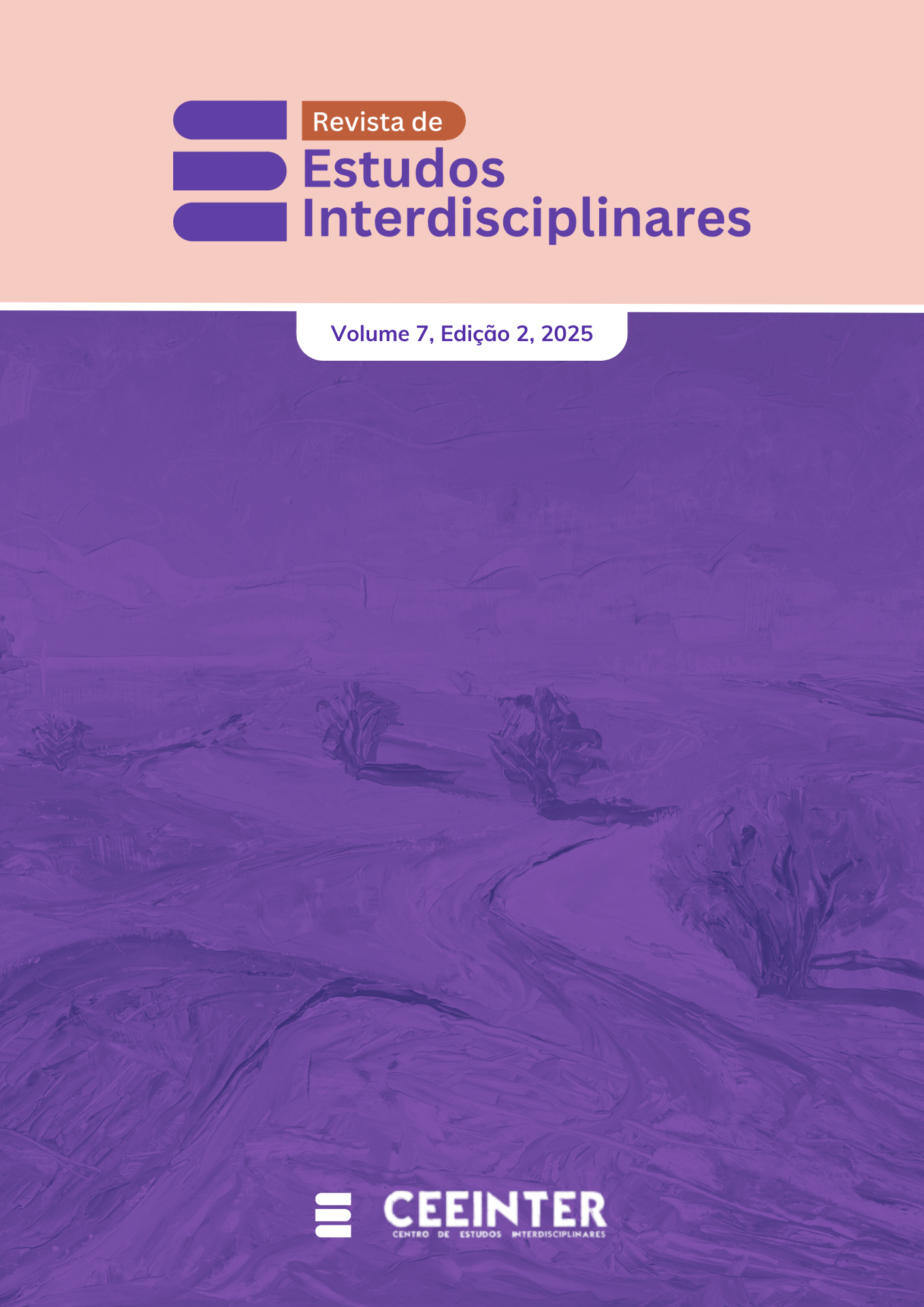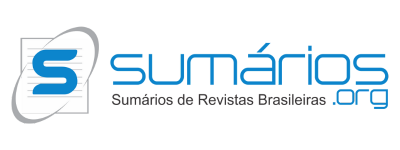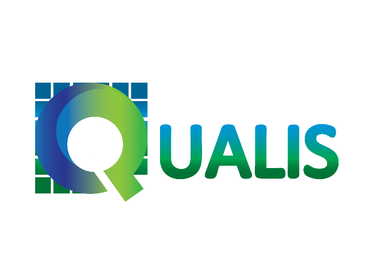DEVELOPMENT AND APPLICATION OF AN ASSISTIVE APP FOR REAL-TIME OBJECT RECOGNITION FOR PEOPLE WITH VISUAL IMPAIRMENTS AND AUTISM SPECTRUM DISORDER (ASD)
Visualizações: 60DOI:
https://doi.org/10.56579/rei.v7i2.1093Keywords:
Friendly Eye App, Artificial Intelligence, Google Cloud Vision API, Object Recognition, NeurodiversityAbstract
This article presents the development of the Olho Amigo App, designed to assist individuals with visual impairments and neurodivergent conditions in identifying everyday objects. The core of this work focuses on the integration of Artificial Intelligence (AI) services, highlighting the prominent use of the Google Cloud Vision API to enhance the app's ability to recognise objects through images captured by mobile devices. The integration process involved creating an account on the Google Cloud Platform (GCP), followed by activating the API and generating secure credentials. These credentials were then implemented into the Flutter code of the Olho Amigo App, ensuring efficient and secure communication between the app and the object recognition services provided by the Google Cloud Vision API. Emphasis on security was crucial, highlighting the safeguarding of API keys and the adoption of recommended practices for secure storage. Communication between the app and the API was established via HTTPS. This integration represents a significant advancement in the quest for technological solutions that promote the inclusion and well-being of individuals with visual impairments and neurodivergent conditions. This study underscores the relevance of AI integration in mobile apps aimed at accessibility, opening avenues for future research and initiatives seeking to broaden access to inclusive and accessible technologies.
Downloads
References
BERNARD, M.; LIDA, B.; RILEY, S.; URUCHURTU, E. Effect of text presentation style on reading performance for adults with dyslexia. Journal of Disability Policy Studies, v. 28, n. 2, p. 100-110, 2017.
BRASIL. Lei n. 13.709, de 14 de agosto de 2018. Dispõe sobre a proteção de dados pessoais e altera a Lei n. 12.965, de 23 de abril de 2014 (Marco Civil da Internet). Diário Oficial da União: seção 1, Brasília, DF, 15 ago. 2018. Disponível em: http://www.planalto.gov.br/ccivil_03/_ato2015-2018/2018/lei/L13709.htm. Acesso em: 25 set. 2024.
FAUSTO, I. R. de S.; ZANI, G. S.; RODRIGUES, M.; BRAZ, R. M. M. Assistive Technology: Accessibility in supermarkets for people with visual disabilities. Research, Society and Development, [S. l.], v. 10, n. 9, p. e41210918353, 2021. DOI: 10.33448/rsd-v10i9.18353. Disponível em: https://rsdjournal.org/index.php/rsd/article/view/18353. Acesso em: 21 abr. 2023.
GIL, Antonio Carlos. Como elaborar projetos de pesquisa. 4. ed. São Paulo: Editora Atlas, 2008.
GOOGLE CLOUD. Google Cloud Vision API Documentation. 2022. Disponível em: https://cloud.google.com/vision/docs. Acesso em: 22 ago. 2023.
JOHNSON, M.; THOMPSON, S.; DAVIS, R. Enhancing the Accessibility of Mobile Applications: A User-Centered Approach. International Journal of Human-Computer Interaction, v. 36, n. 15, p. 1424-1441, 2020.
LAUAND, Soraya; FILARDI, Isabela. Brasil tem apenas 1% de sites com acessibilidade. 2022. Disponível em: https://www.cnnbrasil.com.br/nacional/brasil-tem-apenas-1-de-sites-com-acessibilidade/. Acesso em: 27 maio 2022.
LITTLEFIELD, D. SCRUM: A arte de fazer o dobro do trabalho na metade do tempo. Editora LeYa, 2016.
LIN, C.-Y.; CHANG, Y.-M. Interactive augmented reality using scratch 2.0 to improve physical activities for children with developmental disabilities. Research in Developmental Disabilities, Elsevier, v. 37, p. 1–8, 2015.
NIELSEN, J. F-Shaped Pattern of Reading on the Web: Misunderstood, But Still Relevant. Nielsen Norman Group, 2006. Disponível em: https://www.nngroup.com/articles/f-shaped-pattern-reading-web-contents/. Acesso em: 22 nov. 2023.
PRESSMAN, R. S. Engenharia de Software: Uma Abordagem Profissional. 9. ed. Porto Alegre: AMGH, 2014.
SCUADRA. Como funciona a psicologia das cores? 2021. Disponível em: https://www.scuadra.com.br/blog/como-funciona-a-psicologia-das-cores/. Acesso em: 05 maio 2022.
RELLO, L.; BAEZA-YATES, R.; KANVINDE, G. Font legibility and its influence on reading performance of senior citizens. Universal Access in the Information Society, v. 12, n. 2, p. 181-191, 2013.
SOUZA, A. M.; SILVA, L. C.; TORRES, R. S. Desenvolvimento de aplicativos móveis inclusivos para pessoas com deficiência visual: um estudo de caso. Revista Brasileira de Computação Aplicada, v. 11, n. 3, p. 44-55, 2019.
SOUZA, M. P.; SILVA, S. L. Design Inclusivo: Uma Análise Sobre a Acessibilidade Visual em Produtos Multimídia. Revista de Gestão e Projetos, v. 10, n. 3, p. 47-65, 2019.
WARE, C. Information Visualization: Perception for Design. San Francisco, CA: Morgan Kaufmann, 2000.
Downloads
Published
How to Cite
Issue
Section
License
Copyright (c) 2025 Interdisciplinary Studies Journal

This work is licensed under a Creative Commons Attribution 4.0 International License.
The Journal of Interdisciplinary Studies adopts the Creative Commons Attribution 4.0 International License (CC BY 4.0), which allows for sharing and adapting the work, including for commercial purposes, provided proper attribution is given and the original publication in this journal is acknowledged.













